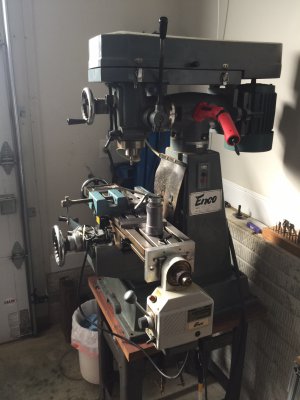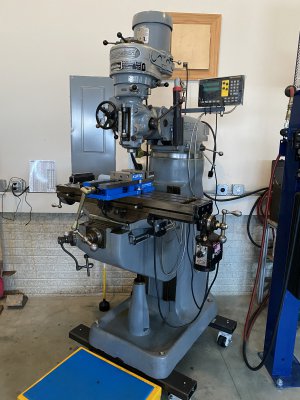I have never owned a mill/drill but have had several friends that have. Frustration of projects being ruined and the difficulty in setting up the machines moved all of them to knee mills. Each one has said they would have purchased the knee mill to begin with had they had know how much of a difference it makes. Yes they were able to do projects but often found themselves putting off the work or trying to find work-a-rounds if they could when the round post mills had to be used.
Two of my friends sold off their original round post mills along with 99% of all the tooling holders and collets as they did not work on the knee at a loss. The other one uses it as a fancy drill press now, but not often. If for no other reason other than he won't sell it for the loss he would take. It mostly has a lot of tools and other stuff that ends up all over the bed. A fancy table, and for a while it made it easy for him to mount his reloading press with the T-slots.
I don't really think you save anything by buying the mill/drills in the long run. I can understand that it can be easier to start out with one as the initial cost is lower and you can think of the selling and buying of upgrades and eventually a knee mill as payments over time when there was insufficient budget to do anything else.
Bottom line, you do what you can. A Mill/Drill is better than no mill at all. I have turned a cheap bench top drill press into a so called mill because that is what I had and could afford at the time. It didn't work well at all, but I was able to get the job done, not pretty. I have been lucky that for most of the time, I have worked at companies that had knee mills that allowed me to do a project now and then on their mill. I always replaced anything that I broke and was too often the only one that actually maintenance them.



